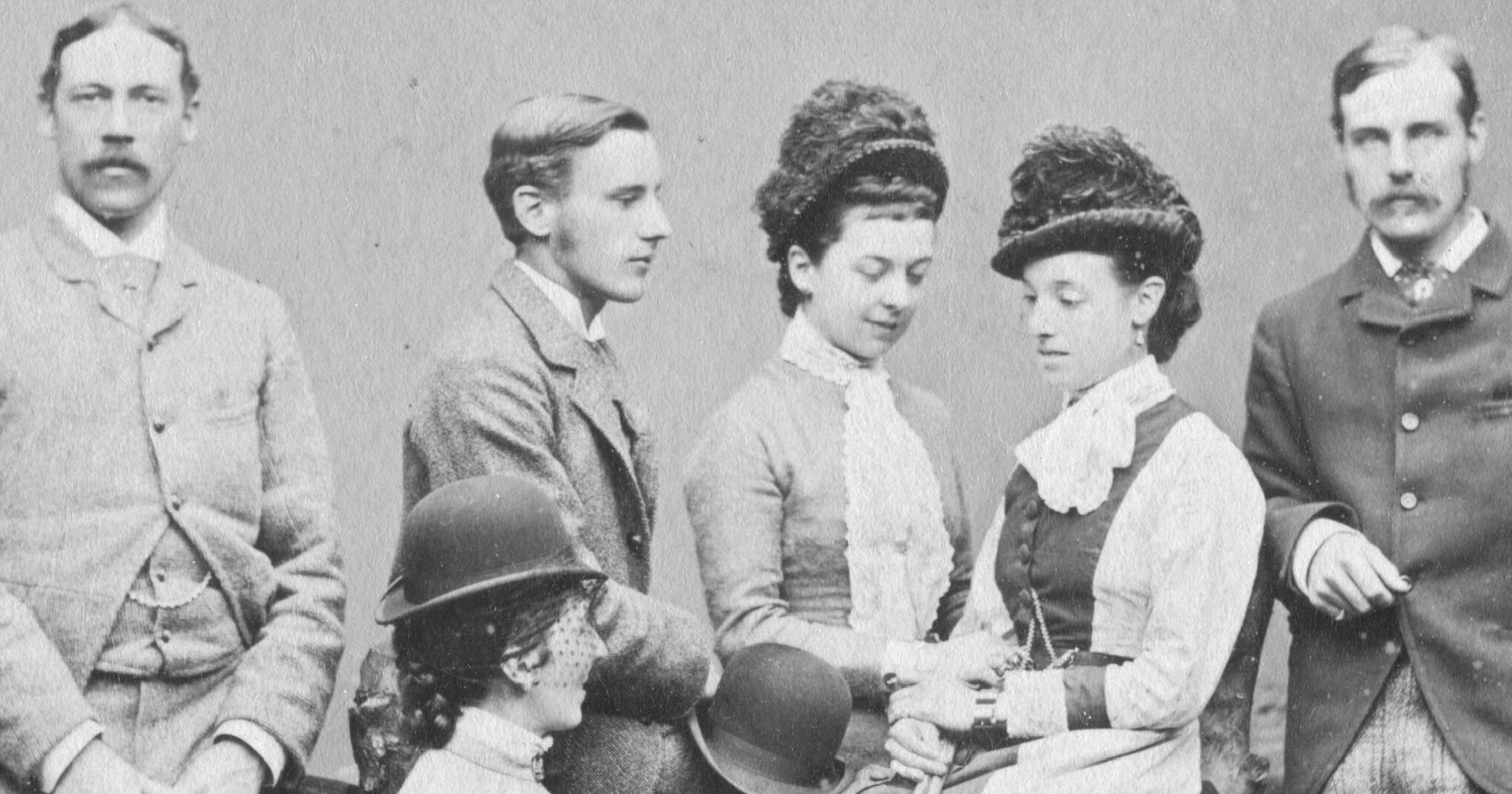
How To Date Old Photographs From Fashion: Victorian Studio Photographs
A introduction to understanding Victorian photographs and images through clothing and fashion.
Commercial portrait photography began in the 1840s and old family photographs can portray ancestors from the early-Victorian era onwards. Many historic photos surviving today are undated and unidentified and we can use various methods to work out their time period:
- 1. Identifying the photographic format (the type of photograph)
- 2. Researching the photographer/studio, if named
- 3. Dating the style of printed card mounts
- 4. Dating the visual image
Card-mounted photos often bear printed photographer/studio details and we may try to date old photos from studio operational dates found online. This can help, but studio data may be elusive, patchy or too broad to pinpoint a close date for a given photograph. All available evidence should be considered, but often most useful for accurate photo dating are the picture clues, especially the fashions worn by their subjects: clothes, accessories and hairstyles.
Victorian dress styles were complex, determined by age, status and location: fashion also accelerated between the 1840s and 1890s. Here is a brief guide to the main trends.
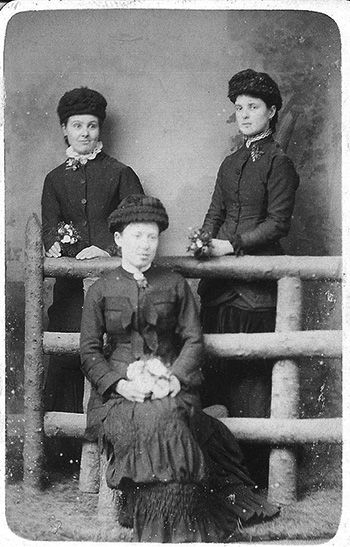
Victorian dress styles were complex, determined by age, status and location: fashion also accelerated between the 1840s and 1890s. Here is a brief guide to the main trends.
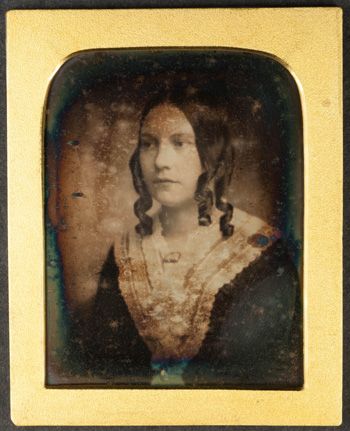
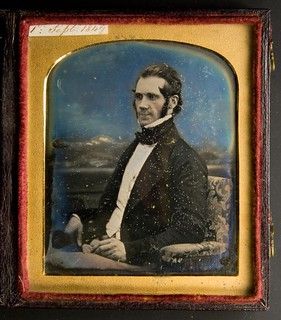
Broadly, the 1840s silhouette usually followed a narrow ‘Gothic’ line. Gentlemen generally wore a slender frock coat with deep V-fronted waistcoat, broad black cravat and tall top hat (often removed for photographs), while working men might favour looser jackets and trousers, low-crowned caps and a narrow neck tie or neckerchief. Formal female dress displayed a rigid pleated, boned V-shaped bodice with exceedingly narrow sleeves, attached to a wide skirt: hair was usually centrally-parted with side ringlets or plaits/coils looped around the ears.
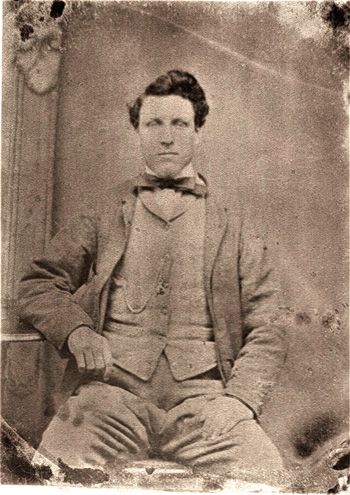
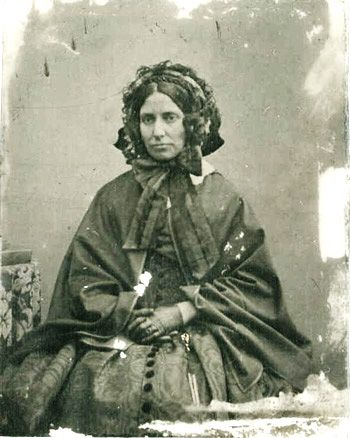
Menswear grew easier-fitting in the later 1850s, and mature men often adopted the newly-fashionable beard, grown from the sideburns beneath the chin. Ladies’ styles grew wider: bodices gained pleats or wide flat gathers and lower sleeves opened out in the flared ‘pagoda’ style, while skirts expanded, supported underneath by a crinoline frame from 1856/57. Hair was sleek, typically drawn down low over the ears; sometimes outdoor bonnets and shawls or short wide jackets were worn for mid-century photographs.
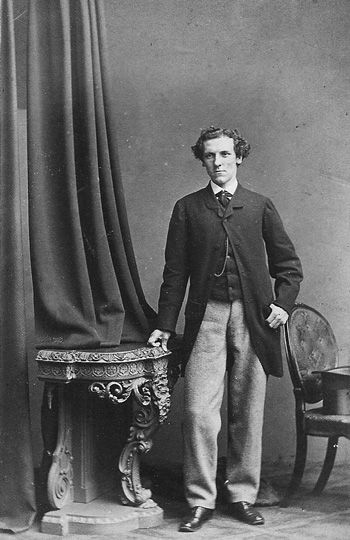
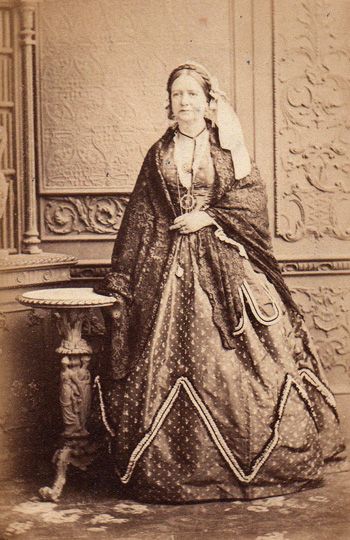
Photographs, more numerous from the 1860s, reflect changing fashions of the decade. Gentlemen retained formal frock coats and top hats but many adopted loose lounging jackets and contrasting trousers, with the new round-crowned bowler hat. Women’s styles evolved from a wide circular crinoline skirt in the early-1860s, the skirt front progressively flattening while the back material grew more pronounced. From late-decade garments were layered, a shorter overdress being raised over a bustle projection behind the waist. Hair was ornate, tresses drawn off the face and dressed higher on the head.
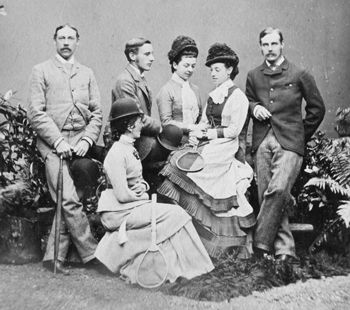
1870s fashions began with a wide-lapelled jacket or coat for men, teamed with a double-breasted waistcoat and trousers of medium cut. From around mid-decade the silhouette slimmed down, prompting more fitted lounge jacket or coat with small, high lapels, the choice of top hat, bowler or other headwear reflecting the form of garments and occasion. For women, the decorative, feminine bustle style of the early-1870s shifted with the development of the rigid, elongated cuirass line. Bodices narrowed and lengthened, the bustle was forced downwards and a slender trained ‘Princess’ dress, or plainer jacket-bodice and skirt came into vogue. Hairstyles were smoother, more discrete and headwear of moderate height.
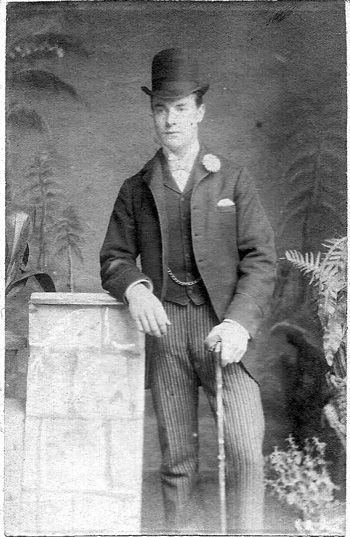
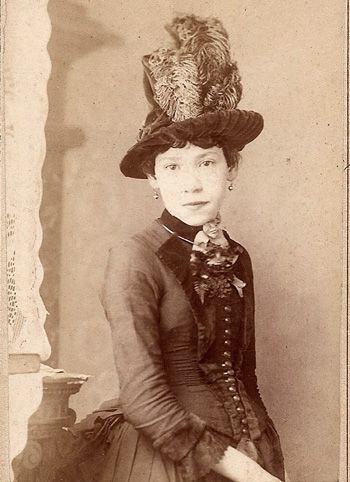
During the 1880s menswear narrowed further, a suave morning coat with sloping fronts much in vogue and white handkerchief in the top pocket a key fashion accessory. Trousers were slim-fitting, often pin-striped, and the crown of the bowler hat grew tall – a useful fashion dating clue. Women’s costumes were exceedingly narrow in the early-1880s, garments often shirred or gathered and sheath-like skirts pleated, until another bustle evolved, a prominent back projection that dominated mid-late 1880s fashions. Skin-tight bodices with high collars and narrow sleeves gained contrasting panels, mock waistcoat detailing and plastron fronts. All female headwear was tall and modish young women grew their
hair into a short fringe.
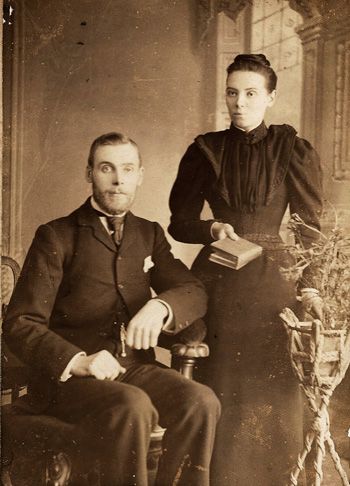
The 1890s witnessed the end of the Victorian era. The male three-piece lounge suit was regular wear, accessorised with a high standing, or turned-down starched shirt collar and, typically, a long knotted tie. Bearded men often followed the clipped Prince of Wales beard style, while everyday headwear embraced traditional bowlers, new felt hats, straw summer boaters and the working man’s cloth cap. The female bustle disappeared, an hourglass silhouette developed and fashion focused on shoulders and sleeves, the full ‘leg-o’-mutton’ style at its widest c.1894-1896. Separate blouses, skirts and tailored jackets came into vogue, hairstyles softened from mid-decade and were topped with a moderate/wide-brimmed hat.
Images courtesy of Simon Martin, James Morley, Katharine Williams, Jayne Shrimpton
Jayne Shrimpton, BA History, MA History of Dress
For expert help with your Victorian images, please contact me, download my service list or see my relevant books.